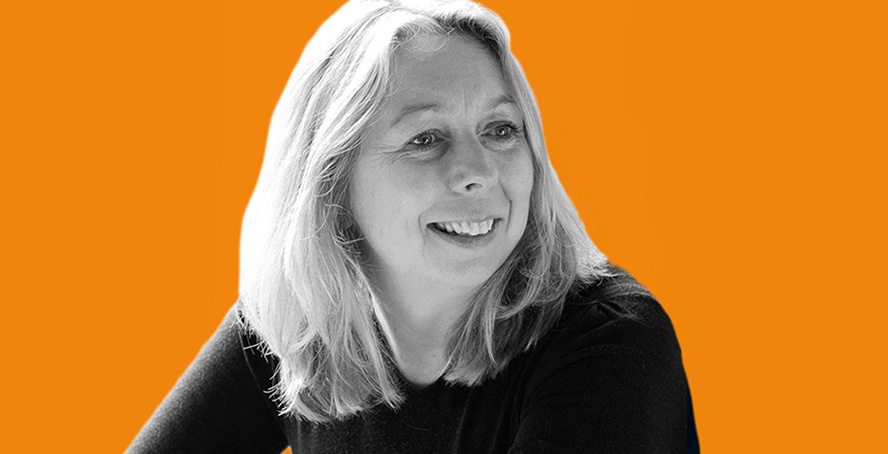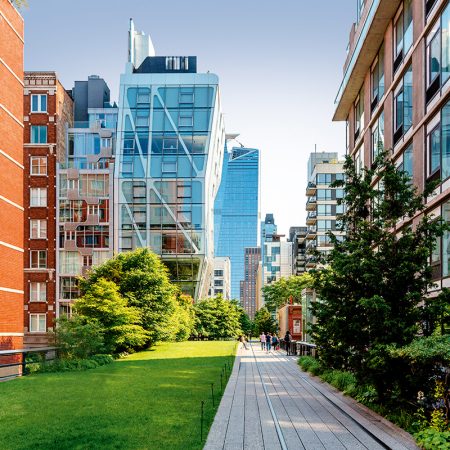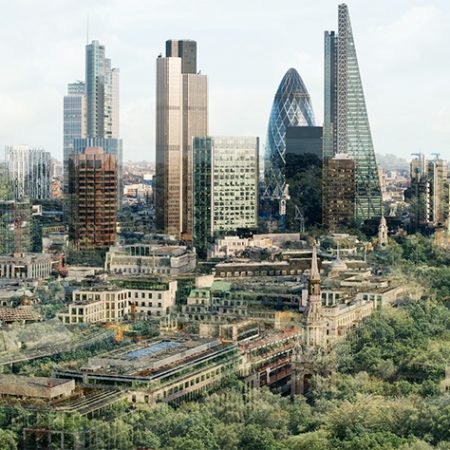Social value creation has moved to the centre of conversation in business and financial circles in recent years. While environmental challenges and what it takes to reach net zero are still priority concerns, social issues, including poverty and inequality, as well as racial and gender equity, are receiving more attention.
We are witnessing this trend first hand, with more organisations, including those in the real estate industry, wanting to know how to understand, measure and enhance their social value.
At its heart, social value refers to what is in the best interests of society as a whole. In the context of real estate, it is concerned with the extent to which the built environment supports environmental, economic and social wellbeing, and in doing so improves the quality of life of people. Real estate is an enabler of inclusive and sustainable development. Its social value is derived from the use of land and property.
New opportunities to reconnect real estate
The financialisation and globalisation of real estate markets has led to a disconnect between property and social value creation. In the real estate and financial markets, property is commodified as a financial asset with value viewed from the perspective of its monetary value and income or profit-earning potential. An uplift in land value and property prices can be seen positively from a market perspective, however from a social value perspective, the reality on the ground may be unaffordable.
Covid-19 has been a wake-up call for the industry. While the pandemic has brought risks and challenges, it has also opened up opportunities to think how to reconnect development to local, place-based needs and priorities and to consider the industry’s role in helping tackle social and spatial inequalities. This will need to focus on how the public and private sector can co-create social value and how to develop it beyond business as usual.
While the pandemic has brought challenges, it has also opened up opportunities to think how to reconnect development to local, place-based needs
Social value creation requires putting local people at the heart of decision-making. How do we create housing, shopping centres, offices and science parks that best serve the needs of local communities and the wider economy?
Delivering social benefits
There are real estate projects that are looking to maximise social value creation. We are seeing increasing investment flows to affordable housing, benefitting people on low incomes or with specific housing needs. These can have a high social impact. This can also be achieved by investing in social infrastructure, such as care centres, health facilities and creative space, and place-based regeneration projects that focus on the needs of local residents.
The real estate sector has the potential to bring major social benefits given the strong relationship between the quality of housing and the built environment with the health and wellbeing of people and communities.
Context is everything when reconnecting real estate to people and place. It requires asking questions, such as ‘who benefits?’ and ‘what actions would improve the quality of life for the people affected by this project?’
Enhancing the value of investment
Ultimately, there is a need for a shared understanding of social value across real estate actors and a shared commitment to maximising social value across the lifecycle from planning to occupancy. This requires defining shared social impact objectives and then using appropriate metrics and measurement approaches. The industry needs to build its knowledge and develop common methods of measurement and reporting, as well as improving its skills in stakeholder engagement and listening.
What does that boil down to? As one head of real estate in a major firm said: “We want to move from investing in big shiny assets to socially useful buildings and social change.”
To achieve this goal requires a shift to a long-term dynamic of positive social creation, which should also enhance the value of the investment. With this comes new opportunities to invest in more sustainable and inclusive communities – integrating housing, commercial real estate, social infrastructure, clean energy and natural capital investments. It’s about an increased focus on the design and quality of places that support happier and healthier lives for everyone.
The Good Economy is an impact advisory firm that helps investors measure, improve and report their impact with a focus on the ‘S’ in ESG.



